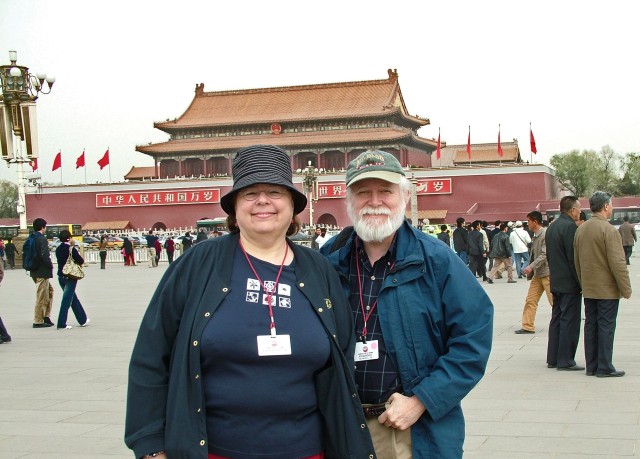Our Trip to China, Spring, 2006
We finally made it to China! This was a three-week trip all over the
country, and we took a lot of pictures. The first group I am posting is
just from around Beijing. Over time I will post more, with the great
city of Shanghai coming next.
Back to pictures home

